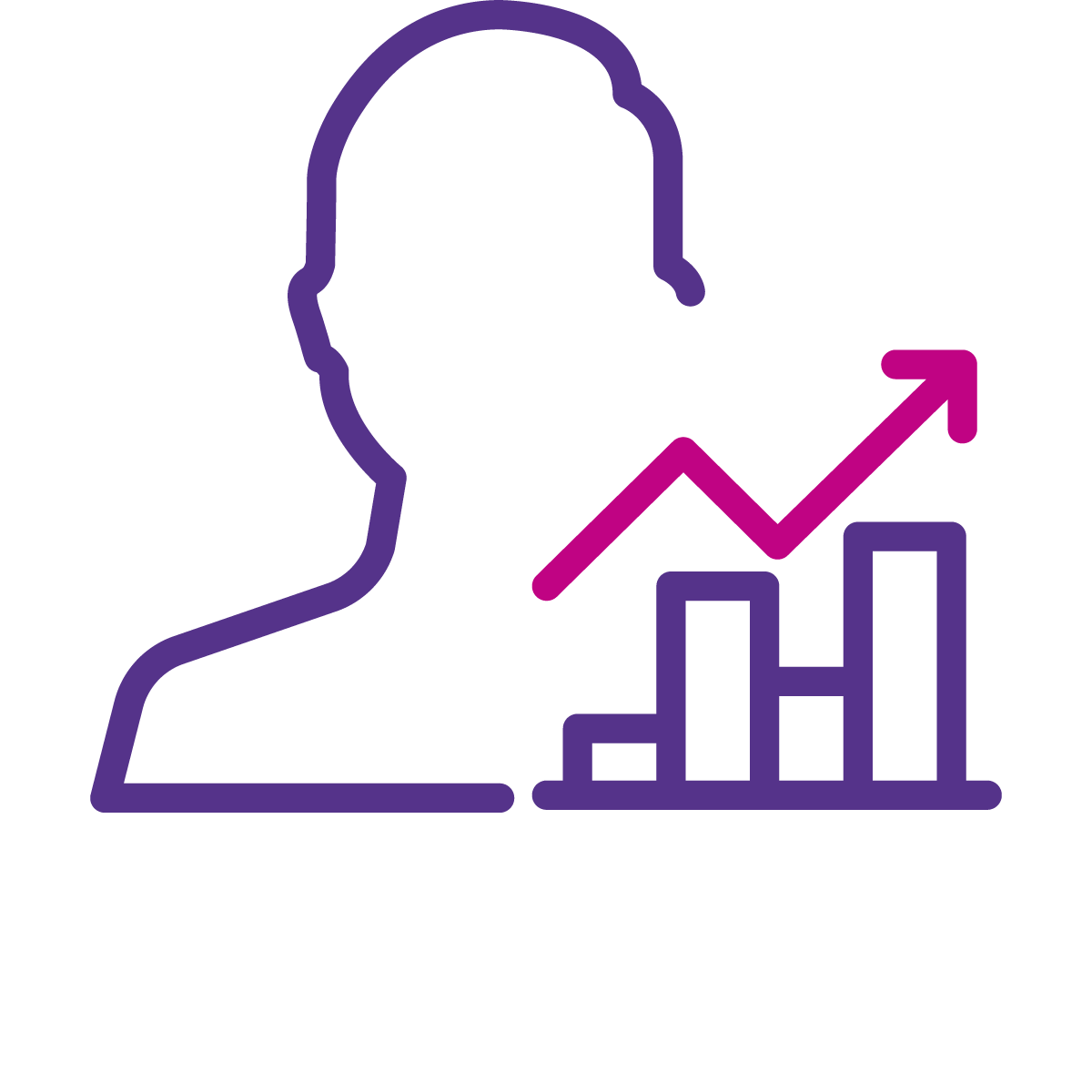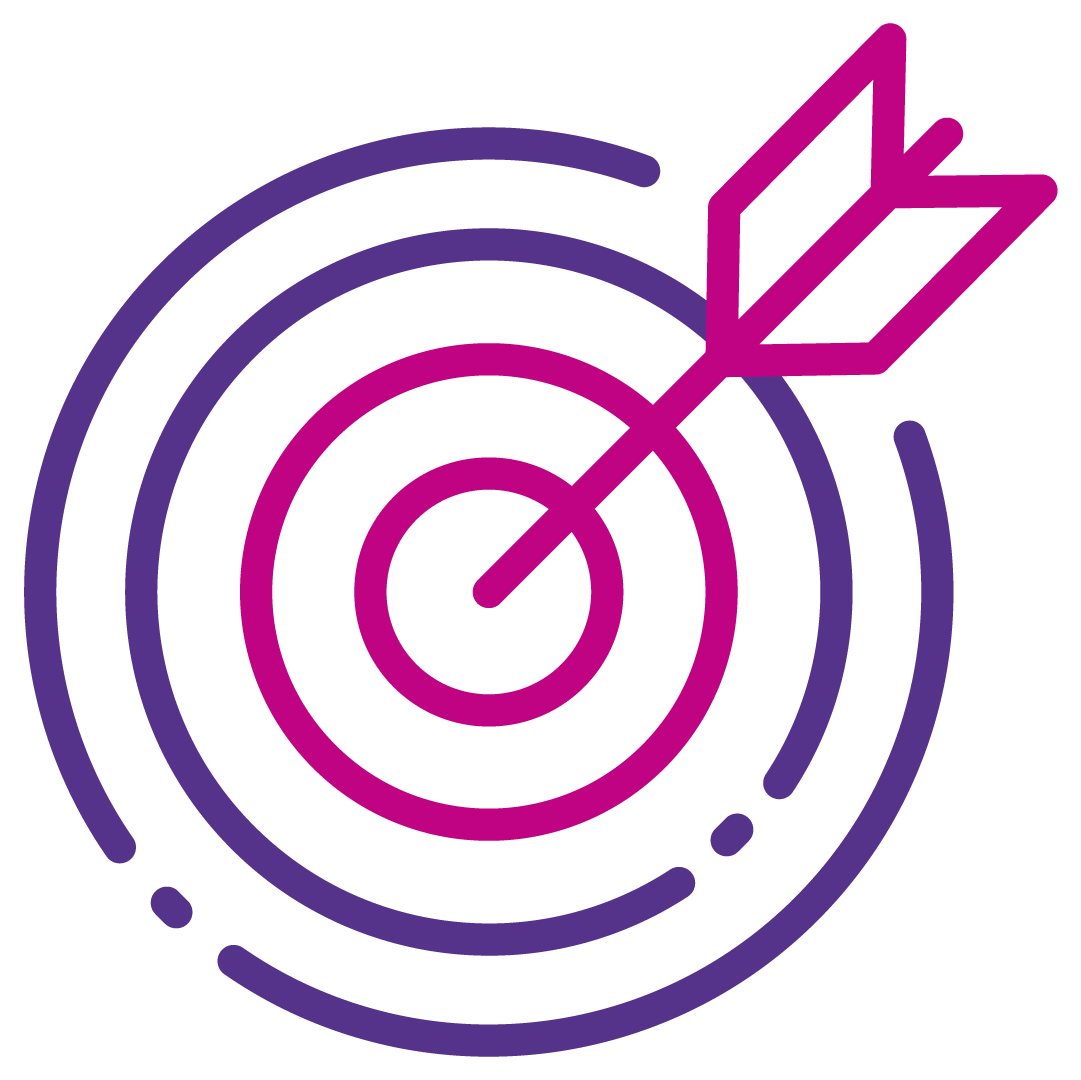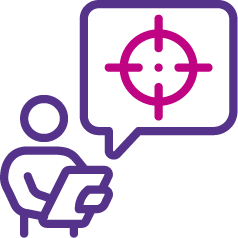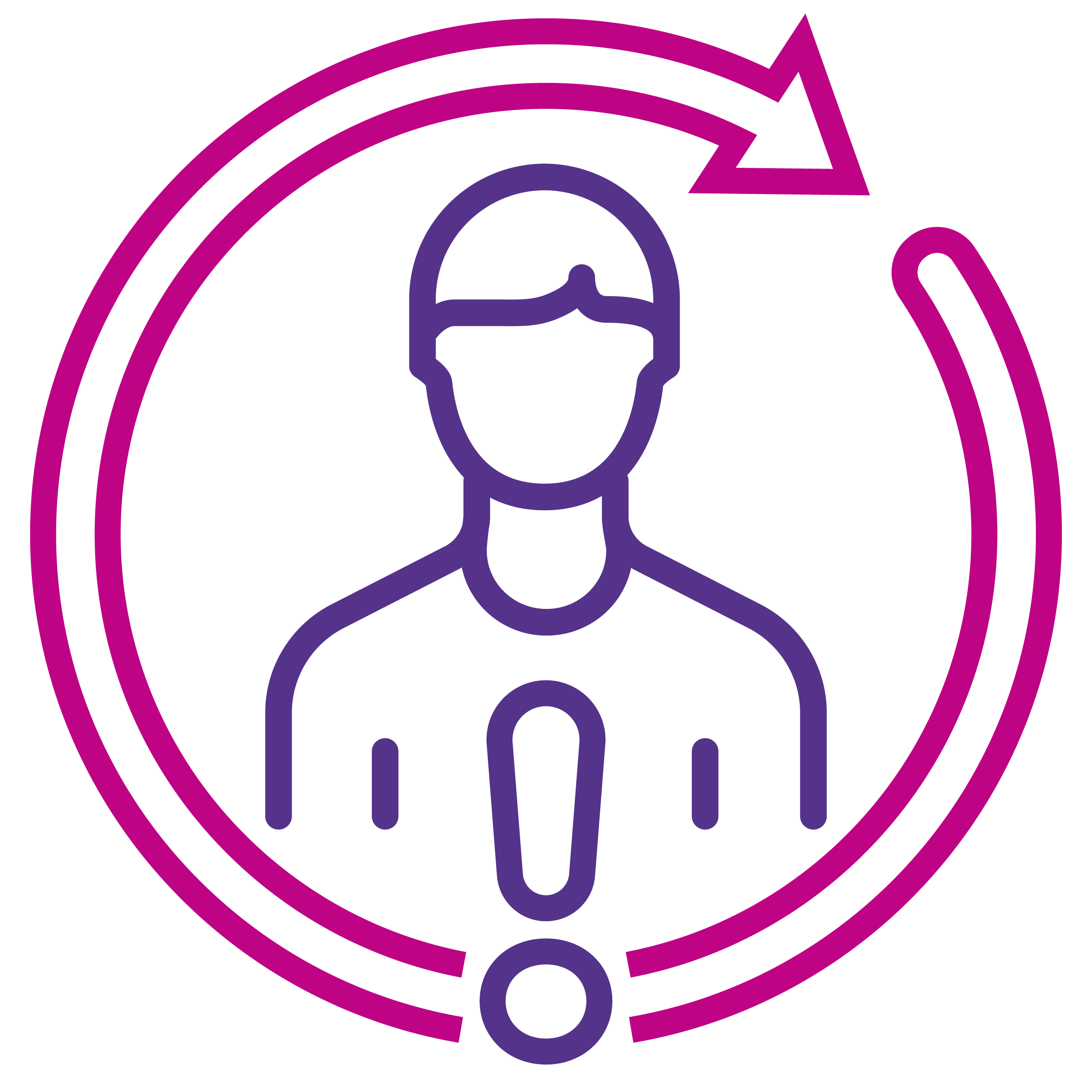The Truth About Selling in August and December
Estimated reading time: 4 minutes
by
Every salesperson has heard it before: “Don’t bother selling in August – everyone’s on holiday.” Or “December is a write-off – nothing gets done over Christmas.”
It’s one of the longest-standing myths in the sales world, and one that often becomes a self-fulfilling prophecy. When teams assume that selling in August and December is pointless, activity levels drop, outreach slows, and pipeline momentum fades.
The truth is more nuanced. While it’s undeniably harder to get deals signed and procurement forms pushed through during these periods, top-of-funnel activity can thrive. Buyers might be quieter, but those who are around are often more open to conversations.
In this blog, I’ll unpack the reality of selling in August and December, explore why it matters for SDRs, and share practical ways to make these months some of your most productive, not your quietest.

Why These Months Get a Bad Reputation
If there’s one KPI I encourage every sales leader to anchor on, it’s conversion of meetings delivered into qualified opportunities.
There’s a reason most sales forecasts show a dip in August and December. Across industries and markets, these months are shaped by three major factors:

Seasonal slowdowns
In August, particularly across Europe, entire departments go on annual leave. In December, year-end reporting and holiday plans take over. The result? Fewer people in the office, delayed approvals, and slower internal processes.
Decision-making bottlenecks
Deals that are nearly done can stall because the one person who needs to sign off – legal, finance, procurement – is unavailable. This creates a perception that “nothing moves.”
Sales team psychology
When salespeople anticipate rejection or assume their prospects are away, they dial less and send fewer emails. Over time, this mindset compounds, and “summer slowdown” or “Christmas shutdown” becomes the norm.
But this perception mostly applies to the bottom of the funnel – late-stage deals and contract finalisation. For the top of the funnel, it’s a completely different story.
The SDR Advantage in August and December
For SDRs and business development teams, selling in August and December can be one of the most fruitful parts of the year. The key is to recognise the unique advantages that emerge when everyone else hits pause.

Less competition for attention
During busier months, prospects are inundated with outreach – hundreds of emails, automated LinkedIn messages, and cold calls. In August and December, that noise drops dramatically.
This creates an opening: your message is more likely to stand out. Even if fewer people are available, the ones who are will notice you more easily.

More space for real conversations
Decision-makers who remain in the office often have fewer internal meetings and looming deadlines. This breathing room means they’re more open to meaningful discussions.
Longer calls during these “quiet months” frequently lead to deeper insights – pain points, upcoming projects, or organisational shifts – that may never surface during busier times.

Building future pipeline
Selling in August and December doesn’t always mean immediate deals. Instead, it’s about planting seeds. Conversations during these months often lead to meetings scheduled for January or February, or to warm re-engagements later in the year.
Every call you make now can create compounding results when the rest of the market wakes up.
Curious about the wider science of seasonality in B2B sales? This overview from Nutshell CRM breaks down how sales cycles fluctuate throughout the year
How to Make the Most of “Quiet” Periods
So, how can SDRs and managers turn August and December into productive, pipeline-building months rather than downtime? Here are five practical, proven strategies.
Shift your mindset and metrics
Instead of obsessing over end-of-funnel outcomes like signed deals, reframe success around conversations, meetings booked, and relationships started.
When you measure progress differently, momentum naturally continues.

Target the right accounts
Use intent data and buying signals to identify companies still active in your space. Look for sectors that remain busy year-round – logistics, SaaS, essential services, or any organisation planning for Q1 projects.
Prioritise accounts with recent funding announcements, hiring sprees, or leadership changes. These are all triggers that indicate movement, even during slower months.

Personalise your outreach
Acknowledge the season and lean into empathy. A message that starts with, “I know many teams are wrapping up the year, but if you’re planning for Q1…” immediately feels human and relevant.
Avoid fully automated sequences during this period – authenticity stands out when inboxes are quieter.
Capture and catalogue insights
Every conversation is a data point. Document what you learn about stakeholder priorities, decision-making timelines, and upcoming initiatives. These insights feed your January follow-up strategy and shorten future sales cycles.

Stay consistent when others stop
Consistency is your competitive edge. When your competitors scale back outreach, you gain visibility simply by showing up.
Even a modest amount of disciplined calling or emailing keeps your pipeline warm and gives you first-mover advantage when everyone else returns in January.
If maintaining that rhythm feels tough, durhamlane’s outsourced SDR services can help keep your momentum going – ensuring no opportunity is left idle.
Real-World Examples from the Field
At durhamlane, we work closely with sales development teams across a wide range of industries – from tech and professional services to logistics and manufacturing. Over the years, we’ve observed a consistent trend: teams that maintain momentum during August and December tend to start the following quarter stronger.
In practice, this doesn’t mean pushing for hard closes. It means shifting focus toward:
- Building early-stage pipeline: SDRs who continue prospecting often enter January with a fuller calendar of meetings already in place.
- Strengthening relationships: These quieter months allow for more consultative, less transactional conversations – the kind that build trust and insight.
- Sharpening processes: Many teams use this period to refine data quality, test messaging, and pilot new approaches ahead of busier months.
Our experience shows that consistent activity during these so-called “slow” periods directly contributes to faster ramp-up in Q1. Simply put: the teams who stay visible while others go quiet are the ones who gain the early advantage.

FAQs
Q: Should I even bother selling in December?
A: Absolutely. You might not close big deals, but you’ll gather intelligence, uncover timing triggers, and prepare your Q1 pipeline.
Q: Isn’t it a waste if everyone’s away?
A: Not really. Those who are working are easier to reach — and more open to longer, relaxed conversations.
Q: What should SDR managers focus on during these months?
A: Coaching on data hygiene, call-to-connect rates, and personalisation quality. These are controllable metrics that directly improve results when activity picks up again.
Q: Does this apply to every market?
A: Some industries – like retail and e-commerce – are busier than ever in December. Others slow down. The trick is understanding your vertical and adjusting expectations accordingly.

Final Thoughts
Selling in August and December may never feel as fast-paced as spring or autumn, but that doesn’t mean it’s time to down tools. These months are an opportunity to:
- Cut through the noise while competitors go quiet.
- Build genuine relationships with decision-makers who finally have time to talk.
- Lay the groundwork for a strong Q1 and long-term pipeline health.